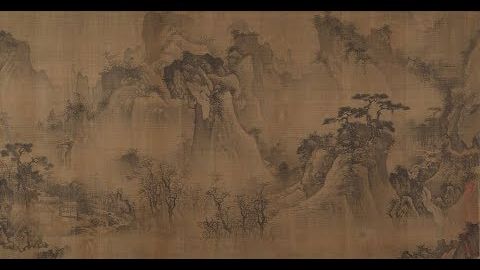古代藝術鏈接 - 大都會博物館的中國山水畫(大都會博物館中國山水畫) (Ancient Art Links - Chinese Landscape Paintings at the Metropolitan Museum (大都会博物馆中国山水画))
Ashely Ma 發佈於 2024 年 09 月 14 日  沒有此條件下的單字
沒有此條件下的單字- n.(不愉快事件發生的)現場;地點;景色;現場;場面;鏡頭
US /fɪˈlɑsəfi/
・
UK /fə'lɒsəfɪ/
US /ˈsɛntəns/
・
UK /'sentəns/
